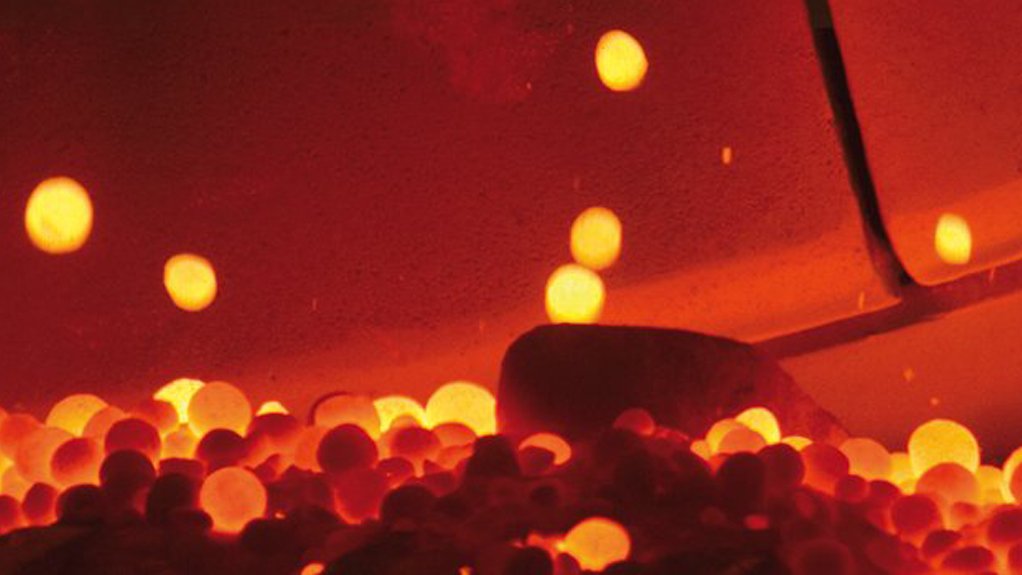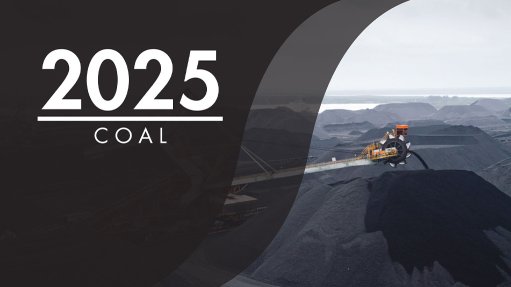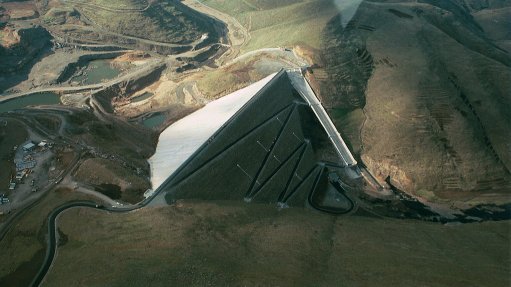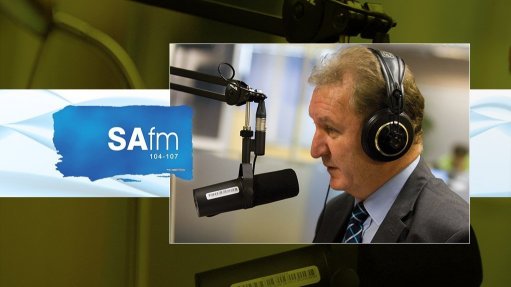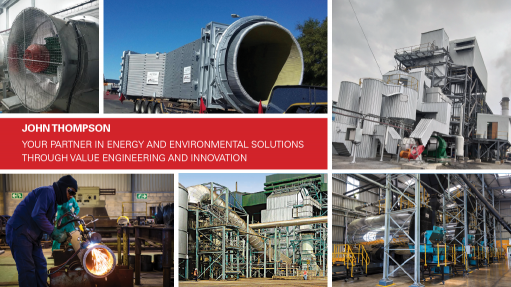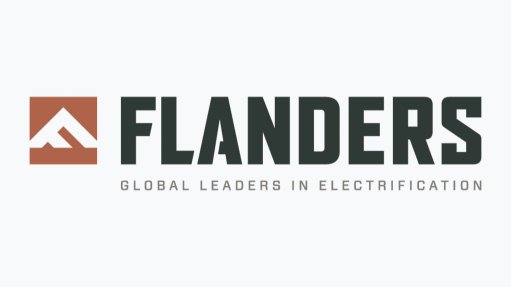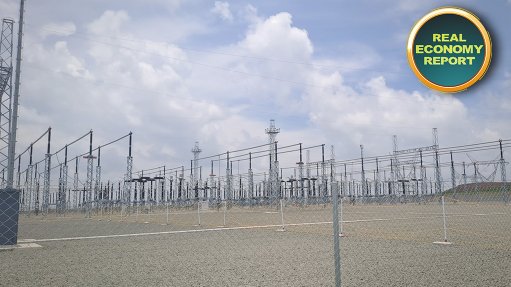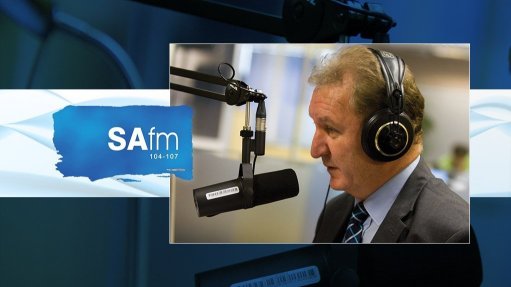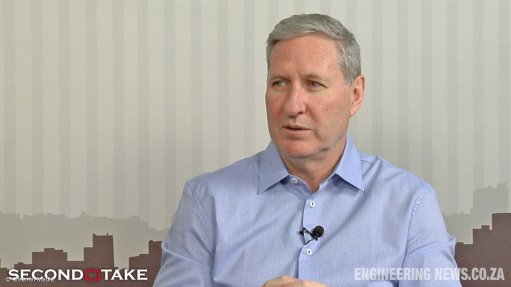Rising nationalism, global rivalry demands adaptation by already struggling ferroalloy sector
Within an increasingly complex, multipolar and fragmented global system, critical materials, including ferroalloys, are becoming an economic priority, an energy and climate policy consideration and a national security matter.
In opening the Critical Materials: Ferroalloys conference, hosted by market research company Project Blue, this week, Project Blue founder and director Jack Bedder said critical materials had become instrumental to industry, trade, energy, climate, national security and foreign policies.
He added that, with the global security order being dominated by the US but the global resource order being controlled by China, coupled with the multipolar and fragmented digital and economic order, rivalries were increasingly shaping the trade of commodities and thereby the global economy.
As a significant holder of chrome, manganese and primary vanadium reserves, South Africa should be cognisant of changing supply chains and policies, as the world turns to economic and resource nationalism for protection.
According to Project Blue’s findings, South Africa supplies about 60% of the world’s chromium, 46% of manganese ore and 41% of primary vanadium ore.
South Africa remains the largest seaborne exporter of manganese ore, producing mainly a 38% manganese-mixed carbonate ore for markets in China and India.
To continue what has been a 116% increase in manganese production in South Africa since 2015, the country has to look for new market opportunities as China’s steel production slows down.
The South African ferromanganese industry has already been shutting down, with plants such as Cato Ridge having closed down.
Bedder noted that key developments that would impact the manganese concentrate market were Australia’s Gemco mine reaching the end of its life in 2029 and Gabon, another manganese producer, having initiated measures to ban raw manganese exports by 2029.
“Together, these developments will underpin a structural change for the seaborne market of manganese concentrates. As availability of high-grade material falls away, a close eye is on China’s progress for converting low-grade concentrates to high-grade alloys,” he added.
In respect of chrome, South Africa’s supply has been impacted by logistical bottlenecks in recent years, as well as exorbitant electricity prices. Bedder said the future of South Africa’s ferroalloys industry – chrome in particular – hung in the balance, with recent suspensions having resulted in more than 75% of domestic ferrochrome production capacity being offline, including the low-cost Lion plant.
The loss of more than 3.5-million tonnes of ferrochrome production will add increasing pressure to the export of chromium concentrates to ferroalloy production outside of South Africa, as China and Europe will start seeking alternative sources.
On vanadium, Bedder pointed out that South Africa’s status as the world’s largest primary vanadium producer and the world’s third-largest producer of vanadium feedstocks would come under increased pressure; however, there might be some upside in respect of vanadium demand for batteries, which was increasing globally.
He suggested that South Africa must investigate opportunities to promote the use of vanadium-reinforced rebar in construction projects, especially in earthquake-prone regions, and explore ways to support the development of vanadium redox flow battery manufacturing capabilities.
Bedder recommended assessing the feasibility of establishing a vanadium battery electrolyte production facility in South Africa that could serve the growing global market, especially as this technology offered various benefits superior to that of lithium-ion batteries.
LOCAL FACTORS
Minerals Council South Africa economist Bongani Motsa stated that, with all production of ferroalloys in South Africa, cheap electricity was a crucial element for viable beneficiation and to enhanced competitiveness.
Eskom’s electricity tariffs had risen cumulatively by 1 000% since 2007, while energy generation was still below Covid-19 levels, Motsa highlighted, adding that there were persistent challenges in the electricity value chain such as municipal service delivery and lack of reliable distribution infrastructure.
“Yet, we have world-class ferroalloy reserves, proximity to key shipping routes and existing mining capacity and skills that are required. Overall, South Africa is not garnering enough foreign investment in the mining sector, partly owing to a trust deficit between the public and private sectors.
“Authorities did not pay attention to concerns raised by steel producer ArcelorMittal South Africa and the ferroalloy industry more than eight years ago already,” Motsa stated. Electricity accounts for up to 60% of costs for some alloy operations in South Africa.
Going forward, Motsa said South Africa’s ferroalloy mining and production industry would require more national strategy attention to support ferroalloy production, promote exports, upgrade infrastructure, provide cheaper electricity through renewable energy generation investment, promote carbon capture, and transparency in platforms for collaboration to co-design solutions.
STEEL DEMAND
Chrome, manganese and vanadium are key inputs for steel production to add specific alloying elements, including deoxidising, increased strength, hardness, ductility and corrosion resistance.
Project Blue consulting head Jessica Fung said steel production had been flatlining globally; however, periods of conflict, as was currently being experienced in many parts of the world, was sparking demand for steel in certain regions owing to military spending and infrastructure recovery efforts.
She added that steel was often used as a strategic trade intervention through subsidies or anti-dumping rules and tariffs.
Though there are polarities in regional steel production, India is an area of growth and is increasingly displacing its import dependency on steel as a result of government intervention and a stable regulatory policy framework for domestic steel production.
This is an important development as India’s strategy of domestic self-sufficiency can influence the global steel market.
Fung said ferroalloys were heavily influenced by policy and both trade and non-trade barriers, which could persist for years.
She said Africa could drive its own steel production industries, as well as its ferroalloy production industries, forward with similar regulatory policies and government intervention.
In her view, the key for survival of ferroalloy producers in this turbulent market was innovation in processes and products, including digital tools, electric arc furnaces and mini-mills, as the world experienced economic pullback in many regions.
“Green steel is the direction of travel and a mix of ferroalloys will continue being used in steelmaking,” Fung confirmed.
Article Enquiry
Email Article
Save Article
Feedback
To advertise email advertising@creamermedia.co.za or click here
Comments
Announcements
What's On
Subscribe to improve your user experience...
Option 1 (equivalent of R125 a month):
Receive a weekly copy of Creamer Media's Engineering News & Mining Weekly magazine
(print copy for those in South Africa and e-magazine for those outside of South Africa)
Receive daily email newsletters
Access to full search results
Access archive of magazine back copies
Access to Projects in Progress
Access to ONE Research Report of your choice in PDF format
Option 2 (equivalent of R375 a month):
All benefits from Option 1
PLUS
Access to Creamer Media's Research Channel Africa for ALL Research Reports, in PDF format, on various industrial and mining sectors
including Electricity; Water; Energy Transition; Hydrogen; Roads, Rail and Ports; Coal; Gold; Platinum; Battery Metals; etc.
Already a subscriber?
Forgotten your password?
Receive weekly copy of Creamer Media's Engineering News & Mining Weekly magazine (print copy for those in South Africa and e-magazine for those outside of South Africa)
➕
Recieve daily email newsletters
➕
Access to full search results
➕
Access archive of magazine back copies
➕
Access to Projects in Progress
➕
Access to ONE Research Report of your choice in PDF format
RESEARCH CHANNEL AFRICA
R4500 (equivalent of R375 a month)
SUBSCRIBEAll benefits from Option 1
➕
Access to Creamer Media's Research Channel Africa for ALL Research Reports on various industrial and mining sectors, in PDF format, including on:
Electricity
➕
Water
➕
Energy Transition
➕
Hydrogen
➕
Roads, Rail and Ports
➕
Coal
➕
Gold
➕
Platinum
➕
Battery Metals
➕
etc.
Receive all benefits from Option 1 or Option 2 delivered to numerous people at your company
➕
Multiple User names and Passwords for simultaneous log-ins
➕
Intranet integration access to all in your organisation



